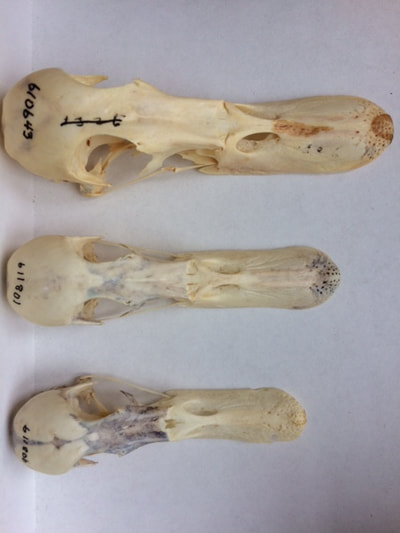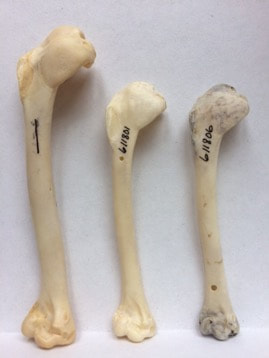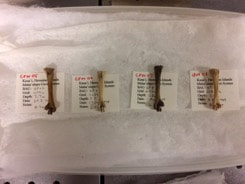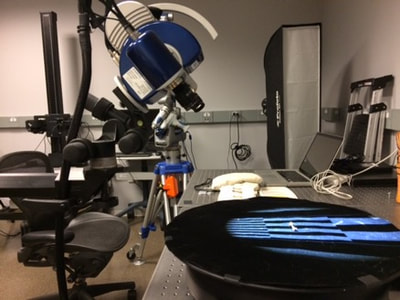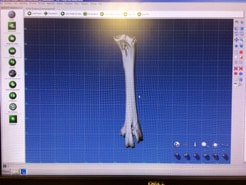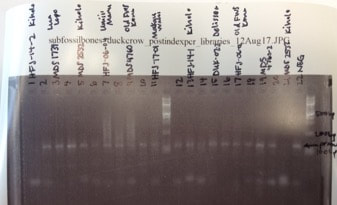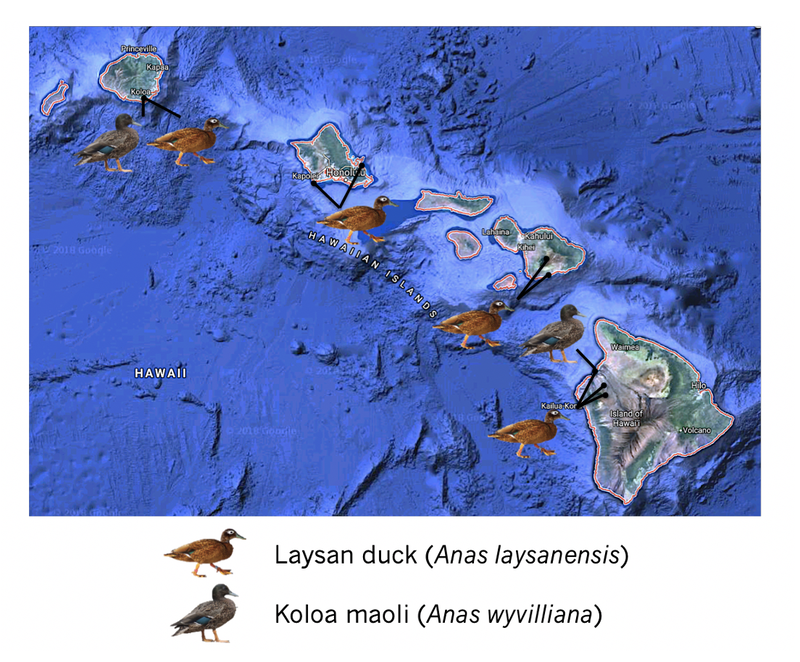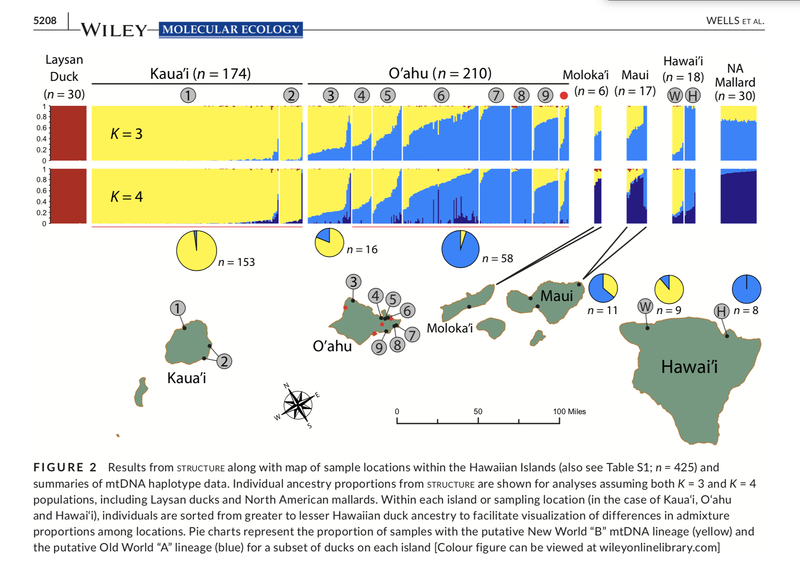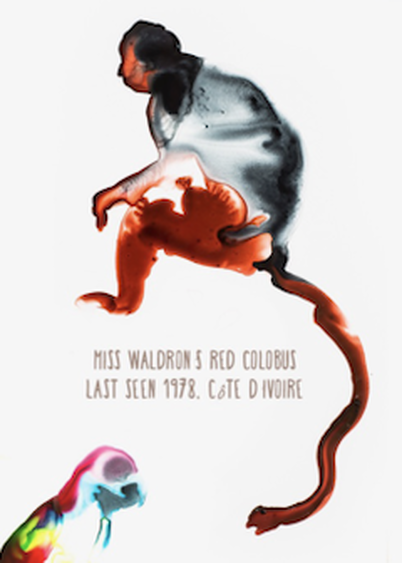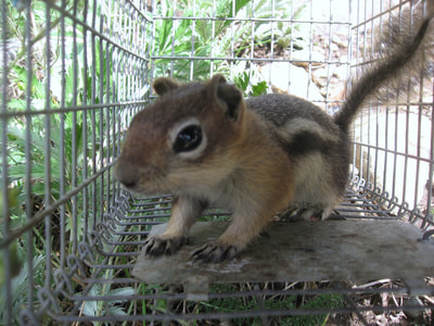
Life-history consequences of climatic change
Climatic shifts to warmer and often drier conditions are challenging terrestrial species across the globe. These shifts are occurring more rapidly at higher elevations and latitudes, and are therefore likely to disproportionately affect the mammalian hibernators that occur there. In general, hibernator annual cycles are also shifting, as their emergence from hibernation tracks advancing spring phenology (i.e. earlier snowmelt and onset of vegetative growth; Wells et al. 2022, Prather et al. 2023). However, we still lack a mechanistic understanding of how climatic conditions (and resulting season length) affect intraspecific life history variation, which is key to individual fitness and population-level resilience.
Much of my recent work has been on life-history responses of hibernating squirrels to climate change. As Co-PI of the golden mantled ground squirrel project at the Rocky Mountain Biological Laboratory, I have been using long-term data (1990-2023) to examine the heritability and consequences of phenological plasticity in reproductive timing. I have also collaborated with other long-term studies to identify temporal correlations among demographic parameters (Fay et al. 2022) - suggesting that environmental changes may negatively affect both juveniles&adult survival - and to examine evidence for a pace-of-life syndrome within populations (Van de Walle et al. 2023). With support from the ASM Cameron Award, I am combining molecular and behavioral approaches to examine the physiological bases of accelerated life-histories under warming and drying conditions.
[This work is in collaboration with Dirk Van Vuren at UC Davis, Lise Aubry at CSU, and Susannah French at USU]
The role of kinship in asocial species
I ask basic behavioral ecology questions about the influence of female kin – the presence of mothers, sisters, grandmothers – on the reproductive strategies of vertebrates: female mammals and waterfowl tend stay in their place of birth in order to breed, and this female-biased philopatry generates the potential for cooperation and conflict among female kin. These dynamics are well-studied in social species, but less so in asocial species such as small-bodied ground squirrels and cavity-nesting waterfowl.
My dissertation examined the effects of changes in the physical and social environment on ground squirrel life-histories at a high elevation site in Colorado: variation in the age at which females first began breeding, how many mates they accepted, how many offspring they produced, and whether those offspring were male or female. To answer these questions, I used a combination of field trapping, long-term demography, behavioral observations, molecular tools, and multi-level modeling. I found that, surprisingly for a species that is considered asocial, kinship influenced several features of females’ reproductive lives: delayed reproduction may result from competition between sisters (Wells and Van Vuren 2018), kin density interacts with male density to influence rates of multiple mating (Wells et al. 2017), females alter the sex ratio of their offspring in the presence of kin (Wells and Van Vuren 2017), and there is a survival cost to higher kin density (Kanaziz et al. 2022). More recently, we are finding continued strong effects of littermate sister presence on home range overlap (Aliperti et al., in prep) and facultative natal dispersal (Nguyen et al., in prep).
This work has been supported by the American Museum of Natural History, the Rocky Mountain Biological Laboratory, the University of California, Davis, Colorado State University, and the American Society of Mammalogists.
[This work is in collaboration Dirk Van Vuren at UC Davis]
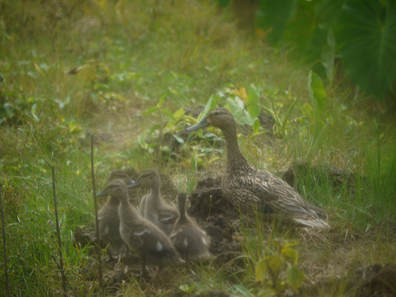
The endangered Koloa maoli (Hawaiian duck, Anas wyvilliana), is at risk of genetic extinction through ongoing introgressive hybridization with introduced domestic mallards (Anas platyrhynchos), but pure Koloa do persist on the island of Kaua‘i (Wells et al. 2019). My work on the Koloa can be grouped into three research topics:
Ancient origins and conservation consequences of interspecific hybridization
Interspecific hybridization can act as both a creative and destructive force in evolution, by generating new diversity or by leading to species collapse. The introduction of non-native mallards to island systems around the world, where they hybridize with endemic native species, is one of the most prominent examples of species collapse: ongoing hybridization with feral mallards has threatened the Meller’s duck of Madagascar, New Zealand grey duck, and Hawaiian duck with genetic extinction. My colleagues and I have used reduced-representation genome sequencing (ddRAD-seq) of hundreds of Hawaiian ducks to examine the occurrence of hybrids across the Hawaiian Islands, and the relationship between hybrid status and phenotype. Genetic evidence indicates the persistence of a large population of putatively “pure” Hawaiian ducks on the island of Kauai, but also that the Hawaiian duck may have itself formed via ancient hybridization (0-200,000 ybp) between the Laysan duck and the wild mallard. This work has been advanced in my recent fellowship at the Smithsonian Institute National Museum of Natural History and Center for Conservation Genomics, where I used 3D geometric morphometrics and ancient DNA of a time series of duck subfossils from across the Hawaiian Islands to evaluate evidence of ancestral hybridization in the endangered Hawaiian duck.
Conservation paleogenomics: Using using 3d morphometrics and ancient DNA to determine the former ranges of endemic, endangered Koloa and Laysan ducks
One challenge facing reintroductions of long-extirpated species is knowledge of past range extent and ecology. The Laysan duck (Anas laysanensis) is one of the few remaining endemic species of Hawaiian waterfowl, and is critically endangered; currently restricted to the low-lying atolls of the Northwestern Hawaiian Islands, it is further at risk from sea-level rise. On the main Hawaiian Islands, Laysan duck-like fossils and subfossils have been excavated from sites spanning a range of elevations and habitats, as have subfossils thought to belong to a related endemic duck, the endangered koloa maoli (Hawaiian duck, Anas wyvilliana). However, the species identities are ambiguous. We coupled 3D geometric morphometric modeling of wing and leg bones, radiocarbon dating, and ancient DNA to identify subfossils to species, to evaluate the paleontological record for evidence of species’ past ranges and habitats. We found that nearly all of the fossils and subfossils clustered with contemporary Laysan ducks, suggesting widespread Laysan presence from sea-level, coastal habitats to higher elevation, dry- and wet-forested locations. Also, Laysan and koloa bones were found at the same archeological site (500ybp), indicating the two species co-occurred well after Polynesian arrival. Morphometric and molecular assignments sometimes conflicted, emphasizing the importance of genetically-vetting samples. The applied use of ancient DNA to establish a genetically-vetted paleoecological record will help inform the current management of the endangered koloa, the possible reintroduction of the endangered Laysan duck to the main Hawaiian Islands, and add to the scant data on the evolution of these two endemic species.
Life-history adaptations to islands
Migratory waterfowl have repeatedly colonized tropical island systems around the globe, with predictable associated life-history transitions: loss of migration (and at an extreme, loss of flight), loss of reproductive seasonality, shift to monogamous mating systems, and shift from sexually dichromatic coloration (where males are brightly colored and females are not) to sexually monochromatic coloration. In the recently-radiated mallard complex, the bright green plumage of male mallards has evolved only once, while the brown, female-like plumage of Southern-hemisphere and island-dwelling species has evolved repeatedly. In tandem with the Hawaiian duck hybridization work, I am tracing the role of steroid hormones in the evolution of melanistic (brown) plumage and monogamous mating systems in waterfowl. My preliminary results, using liquid chromatography-tandem mass spectrometry (LC-MS/MS) to measure endogenous hormone levels from feather samples, suggest that elevated estrogen may underlie the maintenance of brown plumage in island-dwelling species (such as the Hawaiian duck). This role for estrogen is interesting because it has implications for male mating behavior and likely the repeated evolutionary transitions to monogamy that characterize this group. More broadly, under changing climates, loss of seasonal migration may become more common in terrestrial taxa, and research into the transitions to sedentary life-histories may help us anticipate the conservation and evolutionary consequences of this shift.
[This work is in collaboration with Philip Lavretsky at UTEP, Jeff Peters at Wright State University, John Eadie at UC Davis, Andrew Englis at the MWFB, Bruce Dugger & Chris Malachowski at OSU, Kim Uyehara at the Kauai National Wildlife Refuge, Stephen Turnbull of the Hawaii Division of Forestry and Wildlife, Helen James in the Bird Division at NMNH, and Rob Fleischer & Anna Kearns at the Center for Conservation Genomics at the Smithsonian National Zoo, and Katherine Wynne-Edwards at the University of Calgary]
|
Consequences of rapid population decline on genetic diversity in a putatively extinct primate
Miss Waldron’s red colobus monkey (Piliocolobus waldroni) is arguably the most endangered primate in the world. First described in the 1930s, P. waldroni was found in lowland rainforest of eastern Ivory Coast and western Ghana before disappearing due to habitat loss and hunting. The last confirmed sighting of the monkey was in 1978, and despite occasional reports of vocalizations suggesting a handful of individuals may still exist, P. waldroni is generally considered extinct. In order to investigate whether genomic erosion played a role in the decline of this species, we sequenced the genome of one of the paratype specimens collected in 1933 as well as the last known remaining individuals collected from a hunted carcass in 2001. We compared genome-wide heterozygosity from these two timepoints to quantify genomic erosion experienced over the course of the species’ recognized existence. We determined that genome-wide heterozygosity remained high in the modern specimen. This result suggests that P. waldroni was not genetically depauperate near its end and retained high diversity through the time period of extirpation, likely because there was insufficient time for genomic erosion to take place. This result emphasizes the rapid rate at which this monkey declined. If activities -particularly hunting -responsible for the extirpation of this animal continue, many other species in West and Central Africa are likely to meet the same fate. |
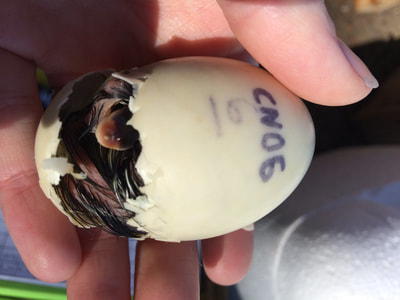
Ecology of female alternative reproductive tactics
My postdoctoral work on wood ducks at UC Davis focused on the ecology of conspecific brood parasitism, an alternative reproductive tactic in which females lay eggs in the nests of other conspecifics instead of or in addition to their own. Though females in a variety of taxa engage in this behavior, little is known about it compared to other breeding systems. In the remnant riparian corridors of California's Central Valley, we use a combination of individual spatiotemporal monitoring (with PIT tags in all birds, and RFID readers on all nest boxes), detailed demographic assessment of egg-laying patterns, and molecular parentage of ducklings to determine differential maternal investment and fitness associated with distinct alternative reproductive tactics (nest, parasitize, or nest+parasitize). We are currently extending this research to understand the plasticity of this behavior across female life-spans, in response to variation in ecological and social conditions.
[This work is in collaboration with the Eadie lab at UC Davis, and the Lyon lab at UC Santa Cruz]
My postdoctoral work on wood ducks at UC Davis focused on the ecology of conspecific brood parasitism, an alternative reproductive tactic in which females lay eggs in the nests of other conspecifics instead of or in addition to their own. Though females in a variety of taxa engage in this behavior, little is known about it compared to other breeding systems. In the remnant riparian corridors of California's Central Valley, we use a combination of individual spatiotemporal monitoring (with PIT tags in all birds, and RFID readers on all nest boxes), detailed demographic assessment of egg-laying patterns, and molecular parentage of ducklings to determine differential maternal investment and fitness associated with distinct alternative reproductive tactics (nest, parasitize, or nest+parasitize). We are currently extending this research to understand the plasticity of this behavior across female life-spans, in response to variation in ecological and social conditions.
[This work is in collaboration with the Eadie lab at UC Davis, and the Lyon lab at UC Santa Cruz]
